All art is quite useless. So is a flower
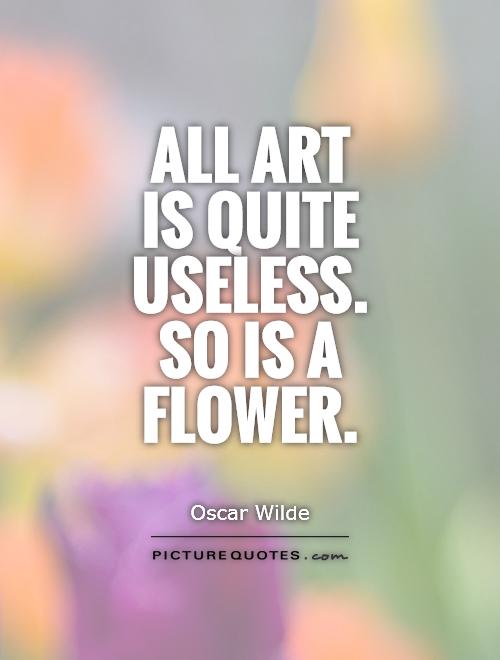
All art is quite useless. So is a flower
In his famous novel, "The Picture of Dorian Gray," Oscar Wilde famously declared that "All art is quite useless." This statement has been the subject of much debate and interpretation over the years, with many arguing that art serves a higher purpose than mere decoration or entertainment. However, when considering the context of painting specifically, it becomes clear that there is a certain truth to Wilde's assertion.Painting, like all forms of art, is ultimately a subjective and personal expression of the artist's thoughts, emotions, and experiences. It is a way for the artist to communicate with the viewer, to evoke emotions, provoke thought, or simply bring beauty into the world. In this sense, painting can be seen as a form of self-expression and communication, a way for the artist to make sense of the world and share their unique perspective with others.
However, when it comes down to it, painting is ultimately a useless endeavor. Unlike more practical pursuits such as engineering or medicine, painting does not serve any tangible purpose or solve any real-world problems. A painting cannot feed the hungry, cure the sick, or build a bridge. It exists purely for its own sake, to be admired and appreciated for its beauty and creativity.
In this sense, painting can be compared to a flower. Like a painting, a flower serves no practical purpose in the grand scheme of things. It does not provide food, shelter, or any other tangible benefit to humanity. It simply exists to be beautiful, to bring joy and pleasure to those who behold it. And yet, despite its apparent uselessness, a flower can have a profound impact on our lives, lifting our spirits and reminding us of the beauty and wonder of the natural world.




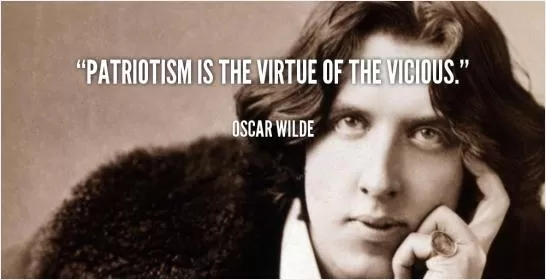

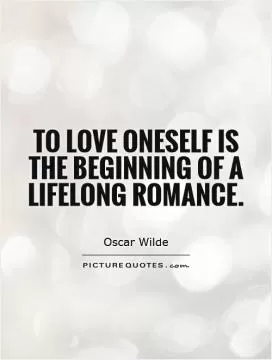

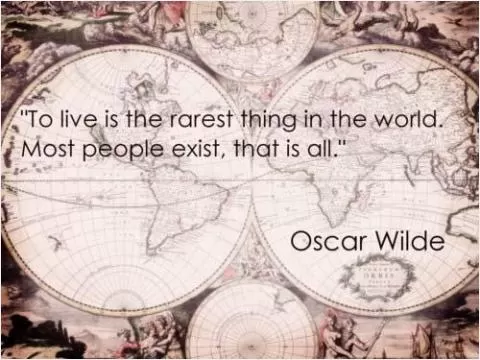
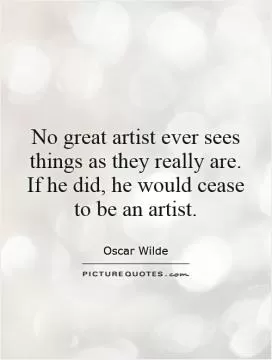
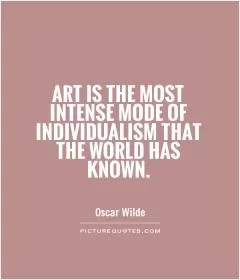

 Friendship Quotes
Friendship Quotes Love Quotes
Love Quotes Life Quotes
Life Quotes Funny Quotes
Funny Quotes Motivational Quotes
Motivational Quotes Inspirational Quotes
Inspirational Quotes